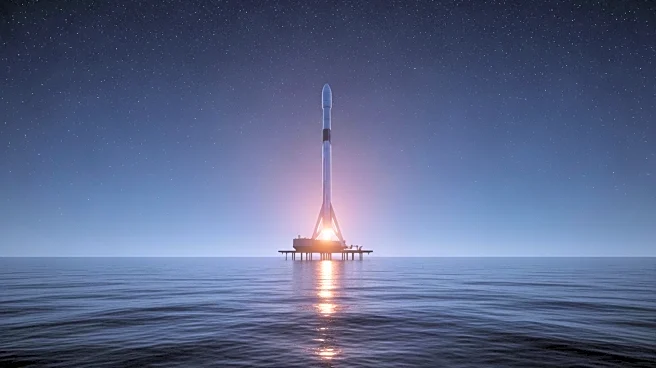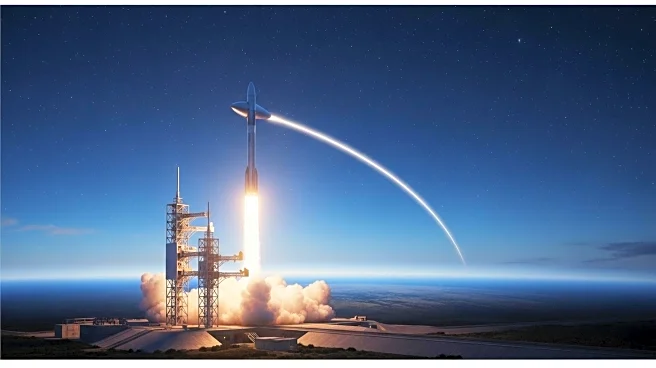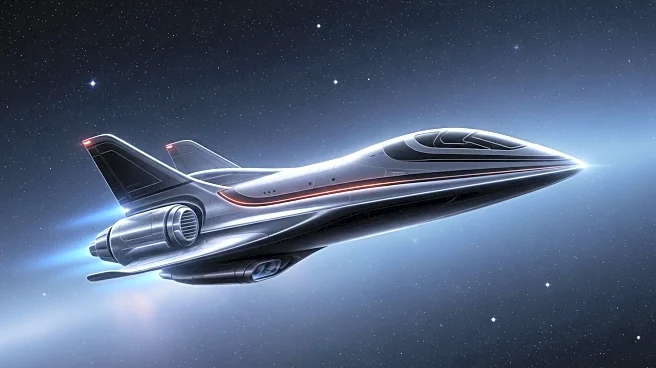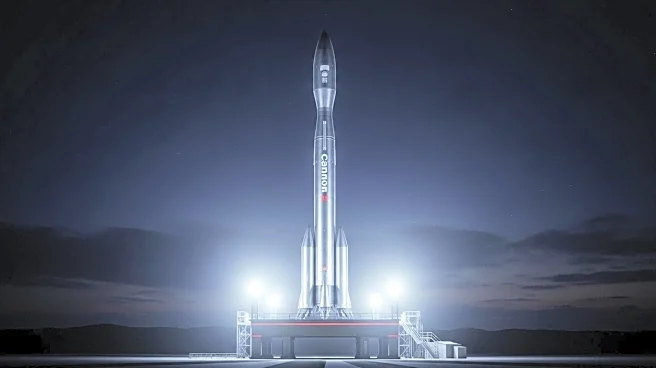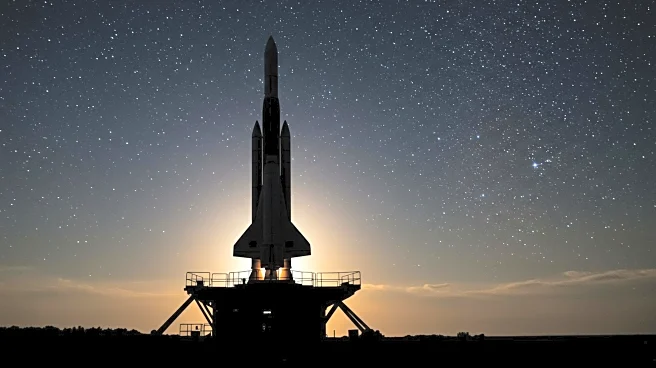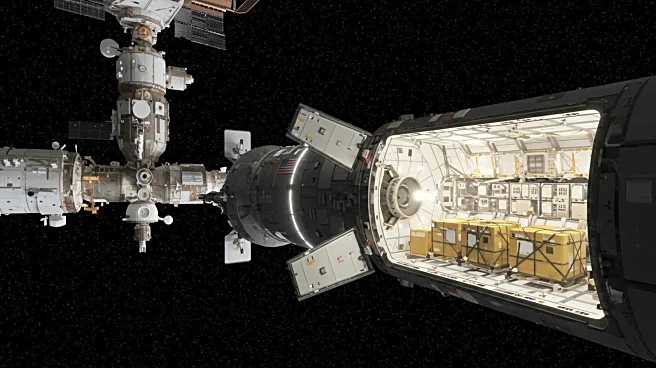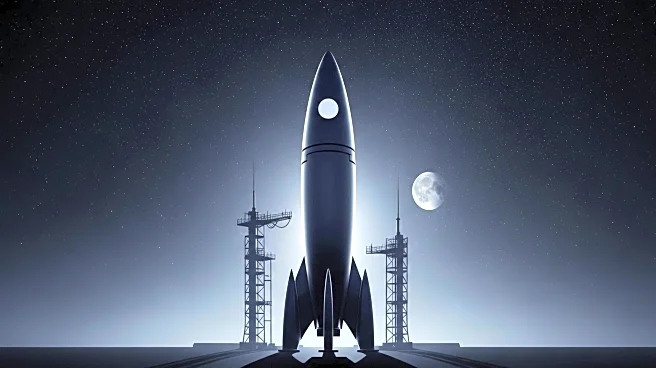Rapid Read • 7 min read
SpaceX has successfully launched a Falcon 9 rocket from NASA's Kennedy Space Center, marking the 30th flight of this particular first stage booster. The rocket carried 28 Starlink internet satellites into low Earth orbit, continuing SpaceX's mission to expand its satellite network. The booster, designated 1067, completed its 30th landing on the SpaceX drone ship 'A Shortfall of Gravitas' shortly after launch. This milestone highlights SpaceX's commitment to reusability, aiming to make spaceflight more cost-effective and efficient. The launch contributes to the growing Starlink network, which now consists of over 8,200 operational satellites.
AD
The successful launch and landing of the Falcon 9 booster underscore SpaceX's advancements in rocket reusability, a key factor in reducing the costs associated with space exploration. This achievement is crucial for the company's long-term goals, including the development of the Starship vehicle intended for missions to the moon and Mars. The expansion of the Starlink network has significant implications for global internet connectivity, offering potential benefits to underserved regions. SpaceX's progress in satellite deployment and rocket technology continues to influence the aerospace industry, setting new standards for innovation and efficiency.
SpaceX plans to further enhance its rocket reuse capabilities with the Starship vehicle, which is designed to launch, land, and fly again within a short timeframe. The continued deployment of Starlink satellites will expand the network's coverage and capacity, potentially improving internet access worldwide. As SpaceX pursues its ambitious goals, the aerospace community will be watching closely to see how these developments impact future space missions and commercial satellite services.
AD
More Stories You Might Enjoy
